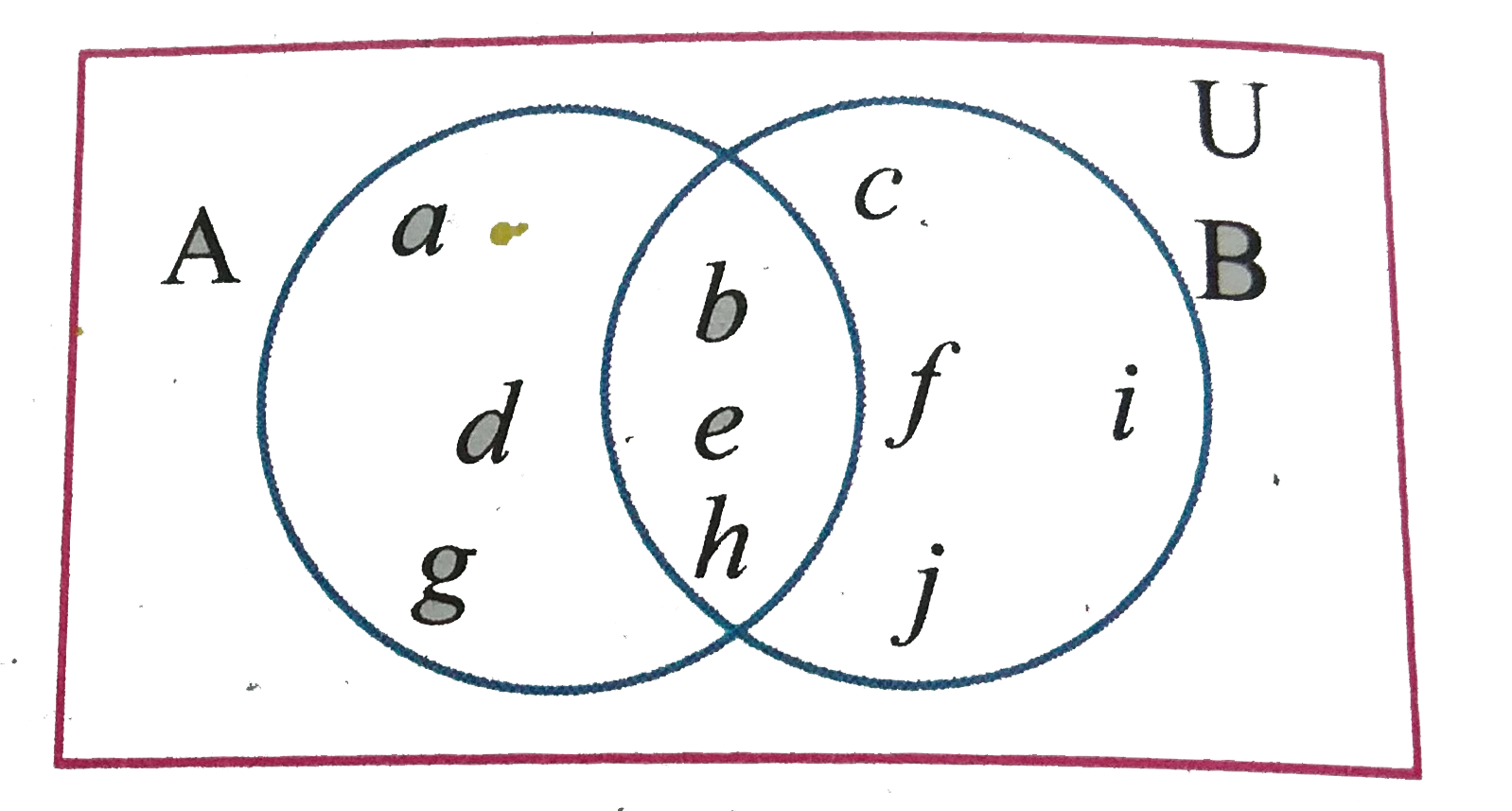If A = {a,b,c} B = {c, d, e, find n(A∪B)×n(A∩B)×n(AΔB).Solution in Tamil
The correct Answer is:B
Step by step video, text & image solution for If A = {a,b,c} B = {c, d, e, find n(AcupB) xx n( AcapB)xxn(ADeltaB). by Maths experts to help you in doubts & scoring excellent marks in Class 11 exams.
Topper's Solved these Questions
- BOOK - PREMIERS PUBLISHERSCHAPTER - SETS,RELATIONS AND FUNCATIONSEXERCISE - SOLUTION TO EXERCISE 1.119videos
SETS,RELATIONS AND FUNCATIONS
- BOOK - PREMIERS PUBLISHERSCHAPTER - SETS,RELATIONS AND FUNCATIONSEXERCISE - SOLUTION TO EXERCISE 1.215videos
SETS,RELATIONS AND FUNCATIONS
- BOOK - PREMIERS PUBLISHERSCHAPTER - MATRICES AND DETERMINANTSEXERCISE - PROBLEMS FOR PRACTICE .(II CHOOSE THE CORRECT OPTION FROM THE FOLLOWING)46videos
MATRICES AND DETERMINANTS
- BOOK - PREMIERS PUBLISHERSCHAPTER - TRIGONOMETRYEXERCISE - CHOOSE THE CORRECT ANSWER62videos
TRIGONOMETRY
Similar Questions
Write the in roster form.
{x ∈N:x2<121 and x is a prime}.03:43View SolutionState whether the following sets are finite or infinite.
(iv) {x∈R:xis a rational number}.01:19View SolutionIf aij=i2−j and A=(aij)2×2is:
02:21View Solution1cos80o−√3sin80o =
02:50View SolutionIf n(A−B)=25,n(B−A)=15 and (A∪B)=60. Then a(A∩B)=________
01:33View SolutionIf A and B are two disjoint sets and n (A) = 15 and n (B) = 10 find n (A∪B),N(A∩B).
01:08View SolutionIf A={1,2,3,4}andB={3,4,5,6}, find n((A∪B))×(A∩B)×(AΔB)).
01:59View SolutionFind A∪B,A∩B,A−BandB−A for the following sets.
A = {a, b, c, e, u} and B = {a, e, i, o, u}02:28View SolutionIf n(A) = 25, n(B) = 40, n(A∪B)=50 and n(B') = 25, find n(A∩B) and n(U).
03:22View SolutionIf n(A) = 300, n(A∪B)=500,n(A∩B)=50 and n(B') = 350, find n(B) and n(U).
01:33View SolutionIf n(U)=38,n(A)=16,n(A∩B)=12,n(B')=20,find n(A∪B).
03:35View SolutionLet A = {b, d, e, g, h} and B = {a, e, c, h} verify that n(A−B)=n(A)−n(A∩B)
03:00View SolutionFrom the given venn diagram. Find (i) A, (ii) B, (iii) A∪B, (iv) A∩B also verify that n(A∪B)=n(A)+n(B)−n(A∩B)
 03:52View Solution
03:52View SolutionIf n(A) = 12, n(B) = 17 and n(A∪B)=21 find n(A∩B).
02:47View SolutionIf A and B are two sets so that n(B−A)=3n(A−B)=9n(A∩B) and if n(A∪B)=26, find n(p(A)).
01:56View Solution

